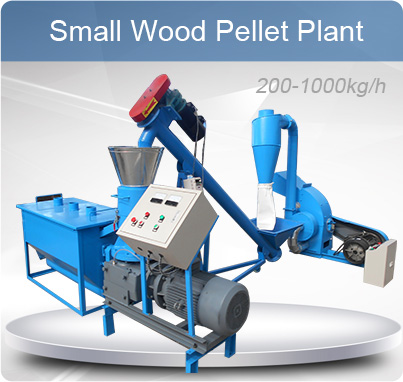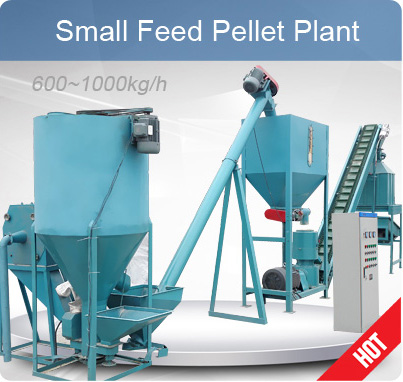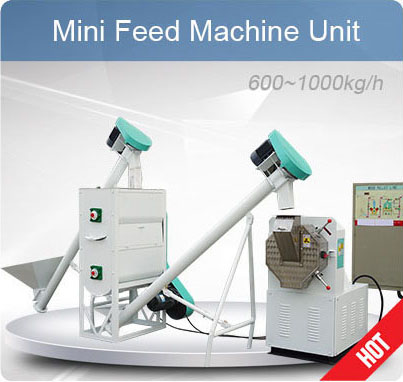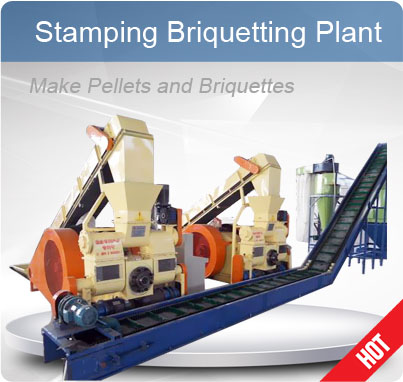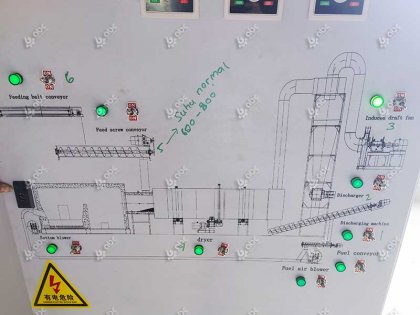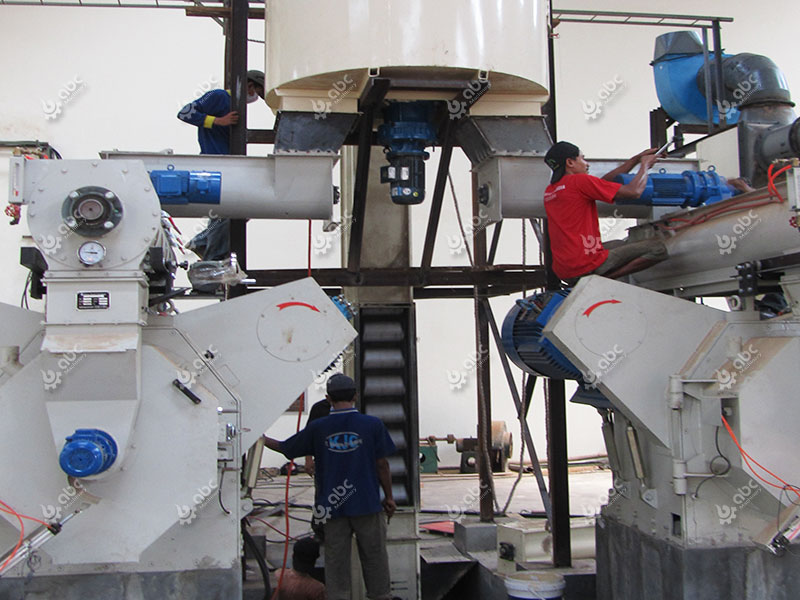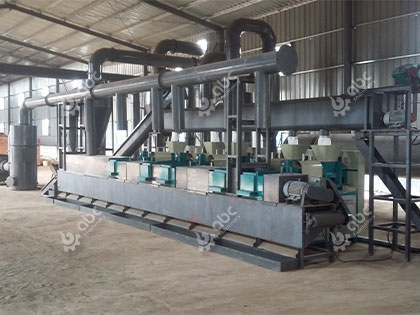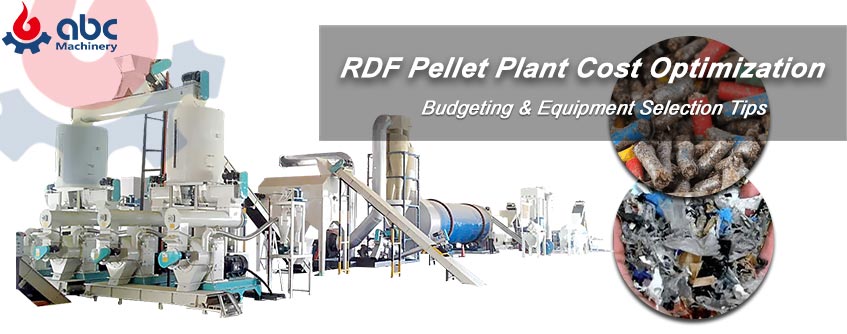
RDF Plant Cost Optimization: Budgeting & Equipment Selection Tips
How to Create an RDF Plant Cost Budget?3 Steps to Understand It

3-Step RDF Plant Cost Budget Creation Process
For those managing an RDF (Refuse-Derived Fuel) plant, designing an effective budget is a key prerequisite for keeping finances stable and locking in profitability that endures long-term. The process of budgeting involves understanding the major cost components and forecasting expenses to optimize spending. Here’s a step-by-step guide to creating a comprehensive cost budget for your RDF plant:
-
Step 1: Break down key cost components and clarify the direction of budget allocation
-
Step 2: Accurately estimate operating expenses and control the core variables of the budget
For example, labor costs typically make up 20-30% of the overall budget, while energy consumption can account for 40-50%. Accurately predicting these expenses ensures that you stay within budget.
-
Step 3: Reserve contingency funds to deal with unexpected cost risks
- Emergency maintenance of core equipment (e.g., crusher gear damage, conveyor failure);
- Temporary increase in raw material procurement costs (e.g., waste transportation fees increase due to policy adjustments);
- Expenditures for environmental compliance upgrades (e.g., adding exhaust gas treatment equipment to meet the latest emission standards).
Effective budgeting not only helps manage costs but also provides a financial blueprint for decision-making. Accurate predictions and planning allow you to prioritize spending based on business needs.
By focusing on these core areas, RDF plant managers can develop a well-rounded budget that sets clear financial goals and enables better cost control.
Contact us today to learn how we can help optimize your RDF plant’s cost structure with advanced budgeting strategies and financial tools.
Selecting the Right Equipment and Technology to Reduce RDF Plant Costs
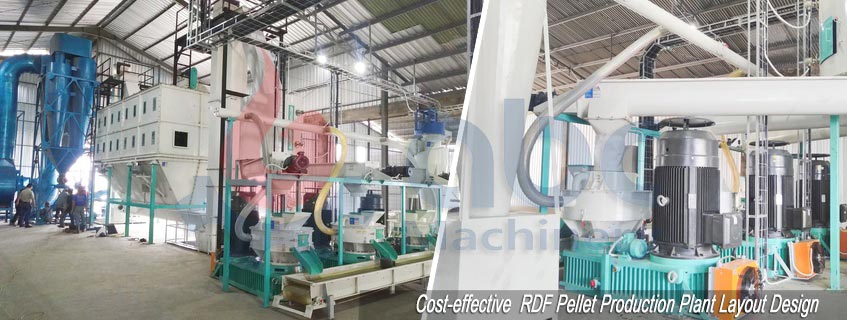
Cost-effective RDF Pellet Production Plant Layout Design
Choosing appropriate equipment and technology is a strategic lever for RDF (Refuse-Derived Fuel) plants to cut operational costs, improve efficiency, and enhance long-term sustainability. The selection process should align with the plant’s specific production scale, waste composition, and cost-reduction goals—rather than pursuing "one-size-fits-all" solutions. Here are key considerations when selecting machinery and technology:
- 1. Prioritize Energy Efficiency: Target High-Consumption Equipment First
Pro Tip: Calculate ROI for Energy-Efficient Upgrades
- 2. Ensure Process Compatibility: Match Equipment to Waste Composition & Production Scale
Step 1: Map Your Waste Composition
RDF feedstock varies widely (e.g., municipal solid waste, industrial waste, or agricultural residues) in terms of moisture content (15–40%), bulk density (150–300 kg/m³), and contaminant levels (e.g., metals, plastics). Equipment must be tailored to these traits.Step 2: Align Capacity with Production Goals
Oversized equipment wastes energy and capital (e.g., a 1,000-ton/day shredder for a 500-ton/day plant operates at 50% capacity, wasting 30–40% of energy), while undersized equipment causes bottlenecks (e.g., a slow sorting system leading to backlogs and extended shift hours).- 3. Invest in Targeted Automation: Reduce Labor & Human Error
- 4. Evaluate Total Cost of Ownership (TCO), Not Just Upfront Price
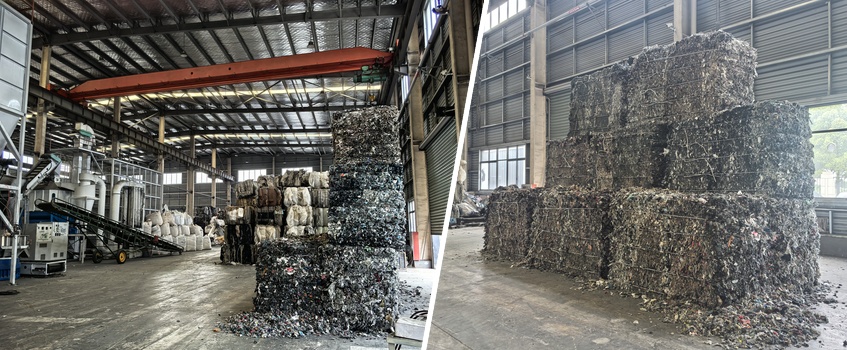
TCO Calculation Formula TCO
TCO = Upfront Cost + (Annual Maintenance Cost × Lifespan) + (Energy Cost × Lifespan) + Replacement Part Costs – Resale Value| Cost Component | Standard Shredder | Premium Energy-Efficient Shredder | 10-Year TCO Difference |
|---|---|---|---|
| Upfront Cost | $150,000 | $180,000 (+$30,000) | - |
| Annual Maintenance | $12,000 (more frequent blade replacements) | $8,000 (durable blades, better design) | +$40,000 (standard is more expensive) |
| Annual Energy Cost | $35,000 | $22,000 (-$13,000/year) | +$130,000 (standard is more expensive) |
| 10-Year TCO | $150k + $120k + $350k = $620k | $180k + $80k + $220k = $480k | Standard costs $140k more over 10 years |
- 5. Partner with Reputable Suppliers for Post-Purchase Support
- Maintenance contracts: Look for agreements that include regular inspections (quarterly or semi-annually), discounted replacement parts, and 24/7 emergency service (response time <4 hours for critical failures).
- Training programs: Ensure suppliers provide on-site training for your team (operators, maintenance staff) to maximize equipment efficiency and minimize human-induced errors.
- Spare parts availability: Choose suppliers with local or regional spare parts warehouses—delays in sourcing parts (e.g., waiting 2 weeks for a shredder blade) can cost $5,000–$10,000/day in lost production.
By choosing the right technology and equipment, RDF plants can not only lower operational costs but also increase the reliability and sustainability of their operations.
Common RDF Plant Cost Pitfalls and How to Avoid Them
Managing RDF plant costs requires vigilance and careful planning. However, several common mistakes can derail cost control efforts. Here’s a look at some of the most frequent cost pitfalls and strategies to avoid them:
- Underestimating Energy Costs: Many RDF plants fail to accurately forecast their energy consumption. This can result in budget overruns. A proactive energy management strategy, such as adopting energy-efficient equipment and leveraging renewable energy sources, can mitigate this risk.
- Ignoring Preventative Maintenance: Skipping preventative maintenance can lead to costly breakdowns and downtime. Scheduled maintenance should be factored into the budget to avoid expensive emergency repairs.
- Overbuying Equipment: Purchasing equipment that exceeds your plant’s needs can lead to unnecessary expenses. Carefully assess production requirements and select equipment that matches your plant’s capacity and throughput goals.
Our experts can guide you in avoiding these common pitfalls, ensuring your RDF plant operates efficiently and cost-effectively. Get in touch today for a comprehensive consultation.




